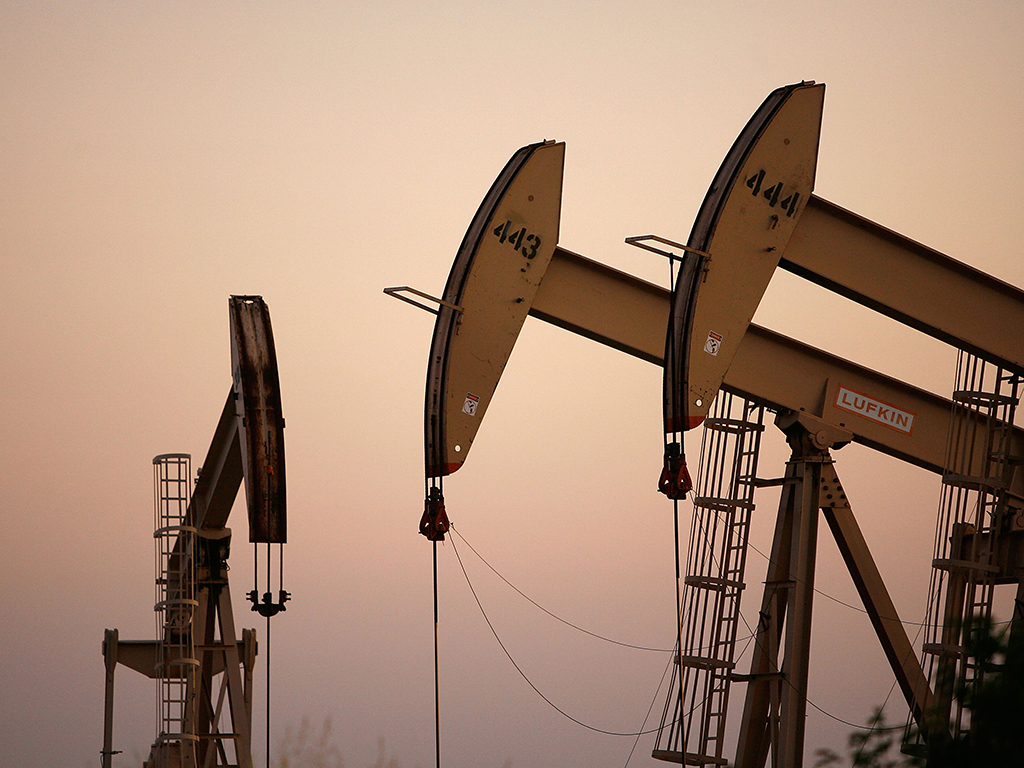US surprises world by upping crude oil production
Despite plunging global prices, US production of crude oil is set to increase greater than previously forecast

In spite of plummeting prices, the US is set to increase its crude oil production substantially over the next few years - contrary to what many industry experts expected
A report released by the US Energy Information Administration states that by 2020, crude oil production will increase to 10.6 million barrels per day, almost 10 percent more than expected last year.
[P]roduction will increase to 10.6 million barrels per day, almost 10 percent more than expected
last year
Production will slow to 9.4 million barrels per day by 2040, which is still over 25 percent more than predicted in 2014.
The global market is still reeling from plummeting profits, following the price of crude oil falling to its lowest levels since 2009. Although the current price dip is not set to endure, the days of rates rising to over $100 per barrel are not expected to make a comeback for some time. The EIA’s outlook predicts that the price of crude oil will remain below $80 per barrel until 2020.
Given the fast growth rate of output, the US is on path to meet domestic demand, which will enable it to cease its reliance on energy imports for the first time since the 1950s. “With continued growth in oil and natural gas production, growth in the use of renewables, and the application of demand-side efficiencies, the projections show the potential to eliminate net US energy imports in the 2020 to 2030 timeframe,” Adam Sieminski, a representative from the EIA, told the FT.
Increasing US output can meet the growing demand of refineries, but also signifies a bigger impact in terms of geopolitics. By no longer depending on other states for energy imports and having to bow to their pricing policies, the US will gain further autonomy and political clout than it currently enjoys. This is a somewhat worrying thought for other big players in the international arena as energy independence could lead to the US to throw its weight around – even more than it does at present.













